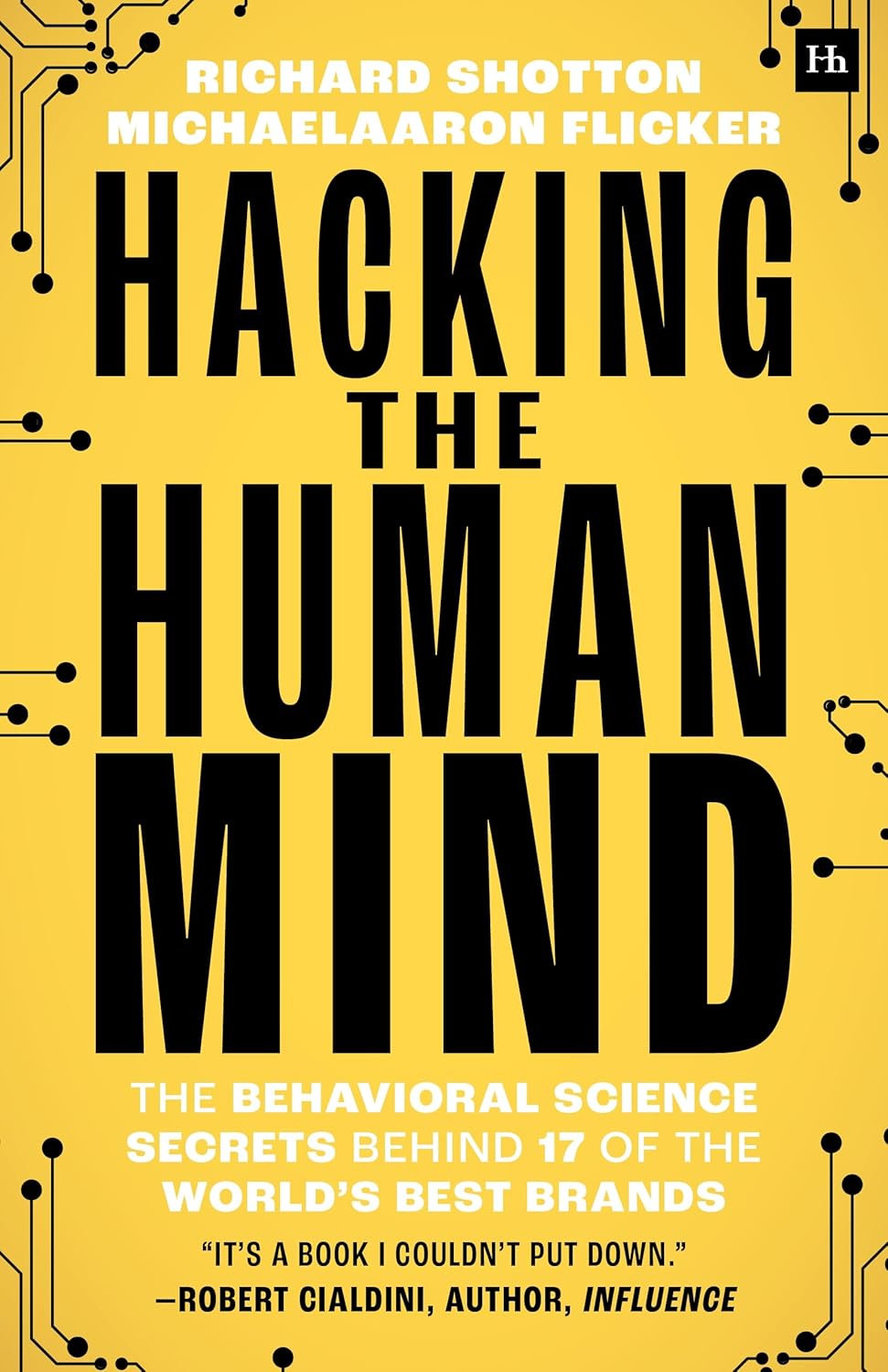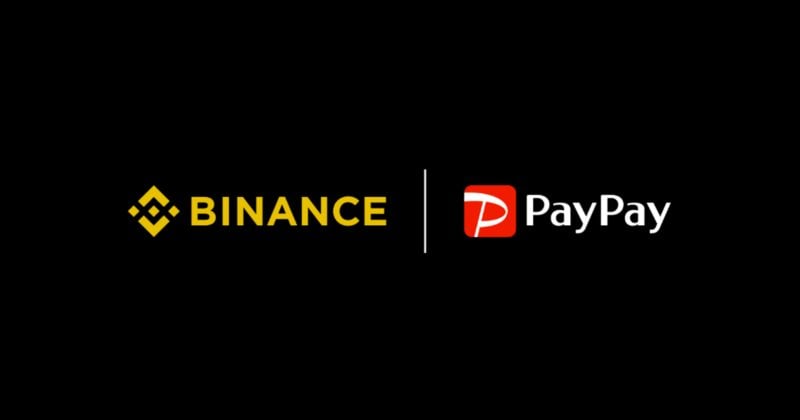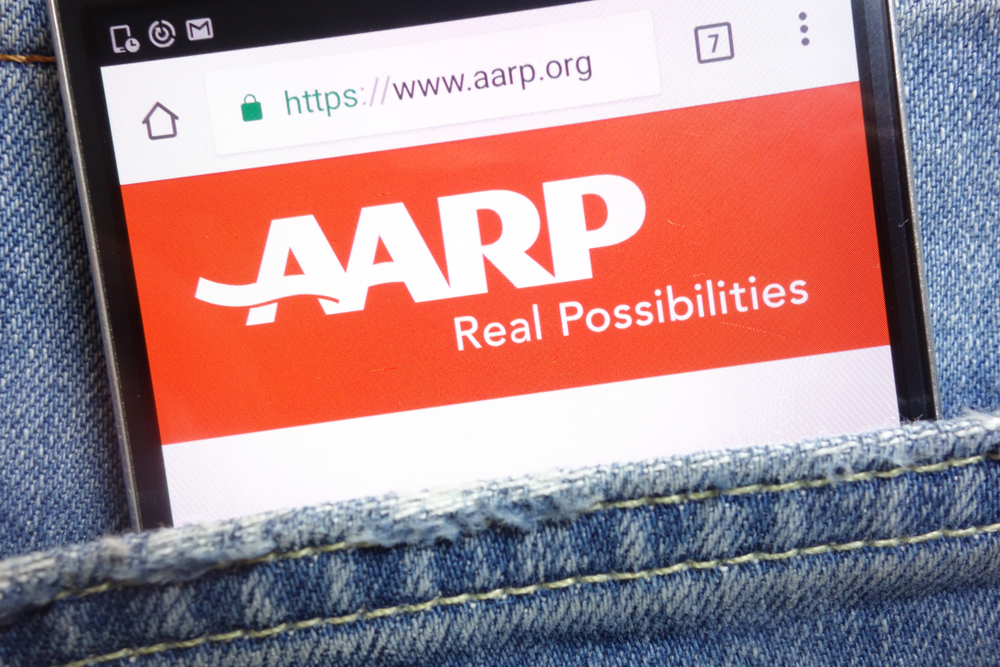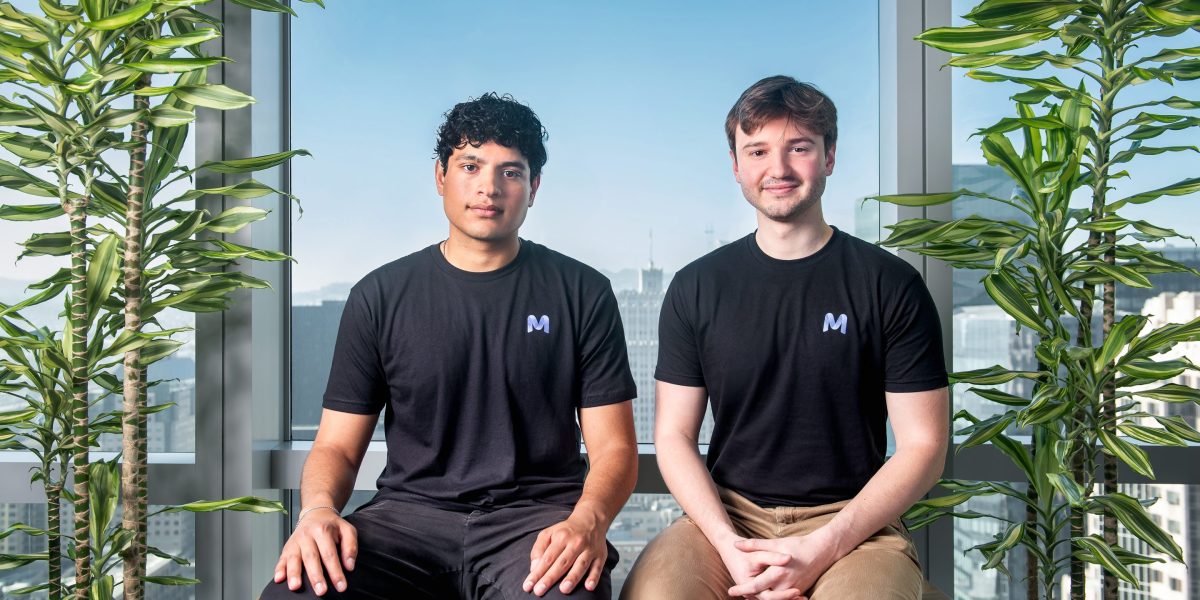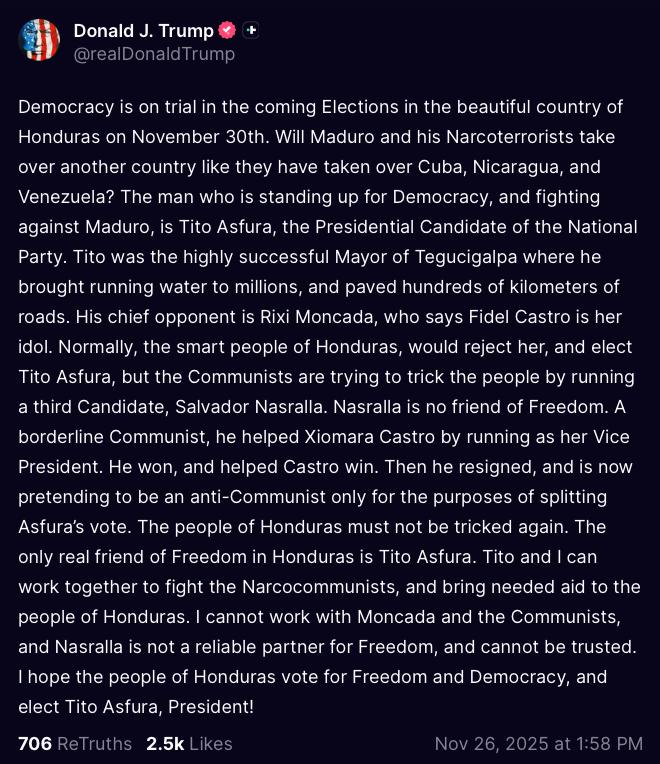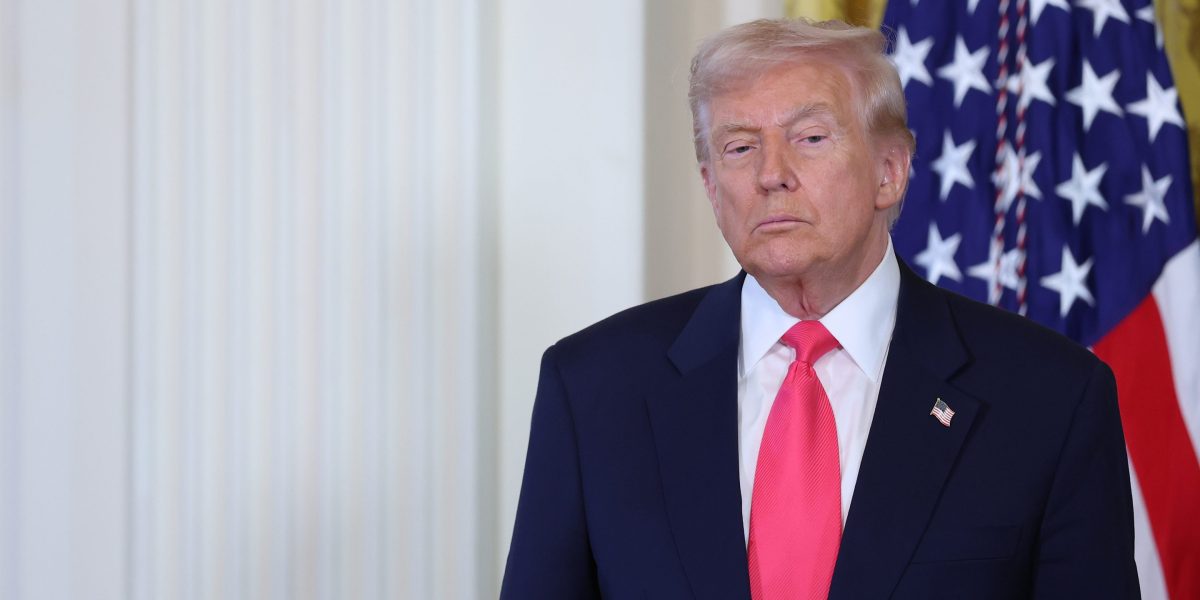Imagine a sunny day on the boardwalk in Ocean City, Maryland. It’s the mid-1980s, muscle tees and acid-washed denim abound. Jerry Murrell is out with his four almost-adult sons. Jerry had offered his oldest boys a choice: go to college if they desired, or use the funds to start a business. They opted for the latter. So, getting the family enterprise off the ground mattered — in fact, their futures depended on it. They were always on the lookout for inspiration.
And on that day, amid the garish food shacks, Jerry and his sons were struck by one seller in particular: Thrasher’s French Fries. Because Thrasher’s offered one thing: fries, nothing more. Just great fries. Jerry was struck by the simplicity of it: I saw something I just couldn’t believe … they had a place selling boardwalk fries. … There must’ve been 20 places selling boardwalk fries, but only one place had a long line.
And that was Thrasher’s. The line was 100ft long all day long. So me and the kids, that got into our minds… Hamburgers. Fries. Keep it simple. Might work. And that’s where the idea came from.
In 1986, Arlington, VA, Jerry and his family opened the first Five Guys Burgers and Fries. Five Guys prides itself on offering the best burger and fries.
When they first opened, there was no vegan or fish option, no chicken, no salads, no ice cream. The focus was squarely on high-quality beef patties served with a generous portion of top-notch fries.
Jerry thought it might work, and it did. The first store thrived, Jerry quit his day job and in 2002, as the brand grew, they began offering franchises. Since then, Five Guys has grown to become one of America’s favorites in the “better burger” category, and is taking off globally with over 1,800 stores worldwide, and 1,500 more on the way.
#mc_embed_signup{background:#fff; false;clear:left; font:14px Helvetica,Arial,sans-serif; width: 600px;}
/* Add your own Mailchimp form style overrides in your site stylesheet or in this style block.
We recommend moving this block and the preceding CSS link to the HEAD of your HTML file. */
Sign Up for The Start Newsletter
(function($) {window.fnames = new Array(); window.ftypes = new Array();fnames[0]=’EMAIL’;ftypes[0]=’email’;fnames[1]=’FNAME’;ftypes[1]=’text’;fnames[2]=’LNAME’;ftypes[2]=’text’;fnames[3]=’ADDRESS’;ftypes[3]=’address’;fnames[4]=’PHONE’;ftypes[4]=’phone’;fnames[5]=’MMERGE5′;ftypes[5]=’text’;}(jQuery));var $mcj = jQuery.noConflict(true);
A Beautiful Day
Murrell clearly had a nose for business. Because he sniffed out the major reason for Thrasher’s success — an aspect with a strong behavioral science foundation.
In choosing to focus on only one product, he was applying a finding from psychology called the goal dilution effect. It’s fascinating and somewhat counterintuitive: People tend to believe a product or service is less effective when it claims to achieve many things, compared to when it focuses on a single purpose.
A key study revealing this psychological phenomenon was carried out in 2007 by Ying Zhang and Ayelet Fishbach at the University of Chicago. They gave people information describing how eating tomatoes could achieve either one goal (“help prevent cancer”), or two goals (“help prevent cancer and degenerative disease of the eye”). Participants were then asked
to rate how effective eating tomatoes was at achieving the first goal (preventing cancer).
Strangely, people rated eating tomatoes as 12% more effective at preventing cancer when this was given as the only benefit, compared to being listed along with another goal. It’s not logical. But we are more confident when just one advantage is presented.
The goal dilution effect has a clear implication for any marketer— focus on conveying one clear benefit to your customers. If you add multiple reasons to believe, it will dilute the credibility and
impact of the core reason.
This phenomenon seems to be one that Murrell was intuitively alert to. The Five Guys menu is much shorter than your average burger joint. This primes customers to expect that the food will be delicious. In effect, the exact same burger will be rated as tastier than it would if served by an all-purpose chain. Of course — Five Guys still has to be a great brand, with great service and a great product. But the goal dilution effect gives them an edge.
They now serve 165 million burgers a year. Those Five Guys (now, the five Murrell sons) are raking in over $2.3 billion in sales per year.
And all this was made a little more possible because Murrell picked an evidence-based behavioral insight from a brand he admired.
Why This Story Matters
We — like Murrell — believe that one of the surest ways to get better, faster, is to learn from others. That’s what this book is all about.
But most brands are more complex than Thrasher’s Fries. It’s hard to tease out what’s responsible for their success when they apply hundreds of marketing moves simultaneously.
In this book, we analyze some of the world’s most successful companies through the lens of behavioral science. Of all the tactics they have used, we highlight the ones that have been proven to work in controlled conditions.
Chapter by chapter, we take each brand in turn — looking at the principles they used, the behavioral science that backs them up, and the practical takeaways any marketer can use.
Identifying those tactics that have a solid behavioral science underpinning will help you decide which aspects of a brand you might want to adopt for yourself — so you can get rid of the guesswork and power up your own efforts with evidence.
This isn’t imitation — it’s a shortcut. A way to leap years ahead of expensive trial and error by learning what others have already figured out.
This excerpt from Hacking the Human Mind: The behavioral science secrets behind 17 of the world’s best brands is reprinted by permission of Harriman House.
The post The Surprising Behavioral Science That Built Five Guys: Goal Dilution appeared first on StartupNation.


